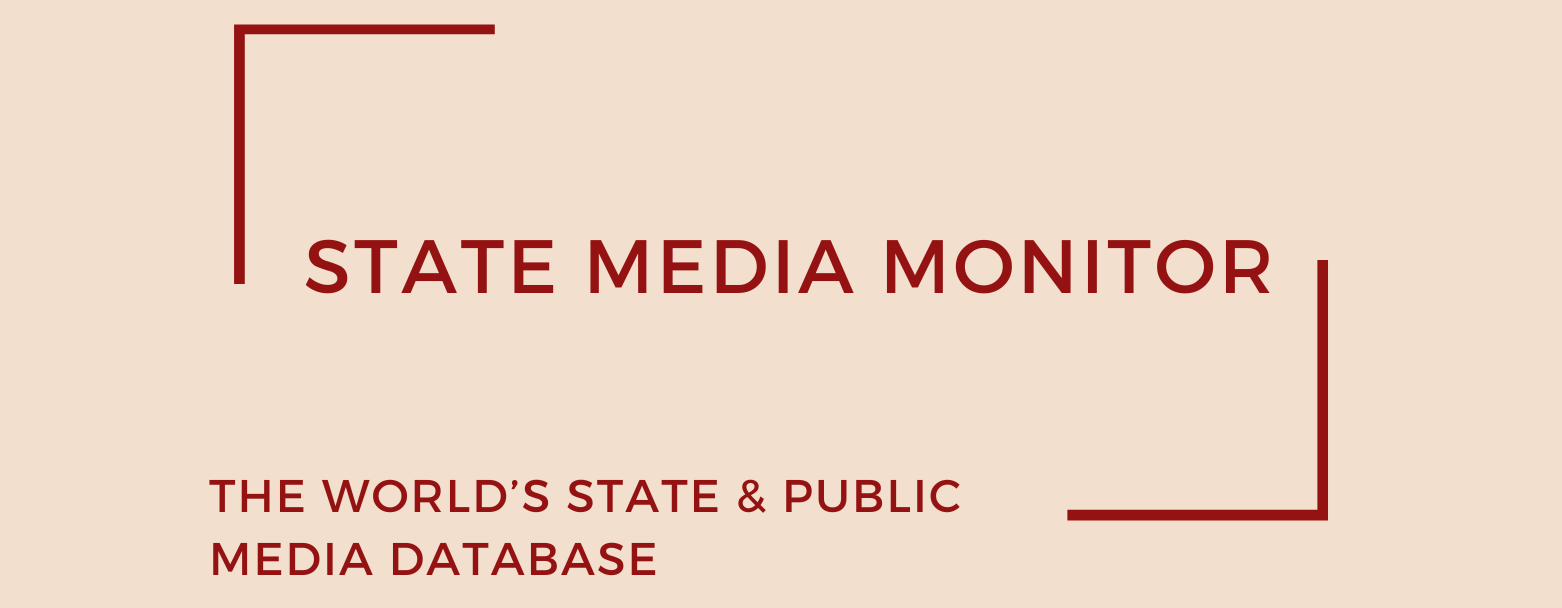Somali National Television (SNTV)
Somali National Television (Telefishinka Qaranka Soomaaliyeed, SNTV) is Somalia’s flagship public broadcaster, originally launched in 1983 with significant support from international donors. After a two-decade hiatus following the collapse of President Siad Barre’s regime in 1991, SNTV was relaunched in 2011 amid efforts to re-establish national media infrastructure. The revival of the station was strategically framed as a counterweight to extremist propaganda, particularly from the Islamist militant group Al Shabab. Today, SNTV broadcasts across Somalia and to the Somali diaspora via satellite, serving as one of the country’s primary sources of official information.
Media assets
Television: SNTV
State Media Matrix Typology
Ownership and governance
SNTV is a state-owned broadcaster under the direct oversight of the Federal Government of Somalia. Legally structured as a government entity, the channel functions effectively as an arm of the Ministry of Information, which holds full authority over its strategic direction, appoints its executive leadership, and retains control over editorial decision-making. In practice, the broadcaster operates more as a department within the ministry than as an independent media institution.
Source of funding and budget
While detailed financial information remains undisclosed, Somali media experts confirm that SNTV is entirely reliant on state funding for its core operations. Over the years, the broadcaster has also received considerable support from international donors, particularly in the form of infrastructure development, equipment upgrades, and capacity-building programs for its journalists. These contributions, however, have not translated into structural reform or increased financial transparency.
Editorial independence
Despite sustained international efforts to enhance SNTV’s editorial capacity and professional standards, the broadcaster remains firmly under government control. According to both local journalists and international observers interviewed for this project (in 2023, 2024 and 2025), editorial interference is routine. It is not uncommon for high-ranking officials to place direct calls to newsroom editors or station managers with instructions on how to cover—or not cover—specific stories.
Somalia currently lacks a statutory framework or independent regulatory authority capable of safeguarding editorial independence. As such, SNTV continues to function more as a mouthpiece for the government than as a platform for impartial public service journalism.
June 2025
Citation (cite the article/profile as part of):
Dragomir, M. (2025). State Media Monitor Global Dataset 2025.
Media and Journalism Research Center (MJRC).
Zenodo.
https://doi.org/10.5281/zenodo.17219015
This article/profile is part of the State Media Monitor Global Dataset 2025, a continuously updated dataset published by the Media and Journalism Research Center (MJRC).
